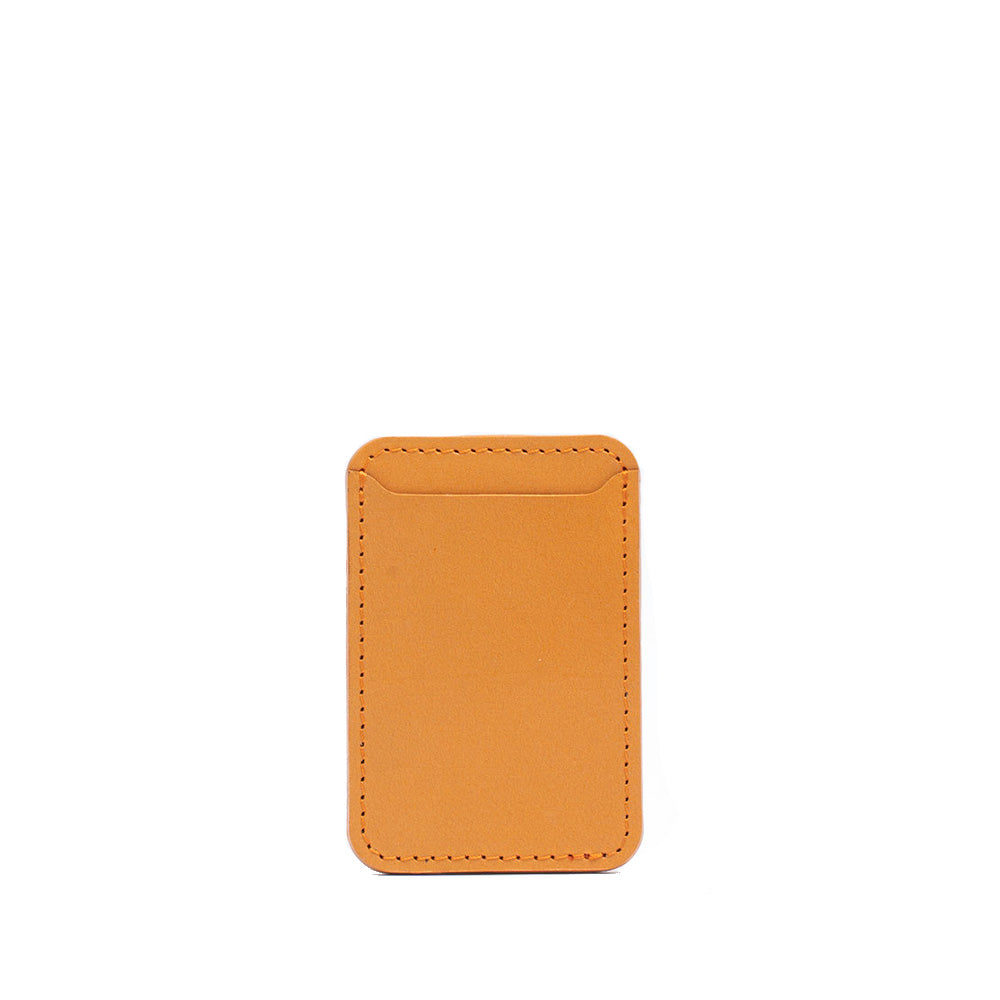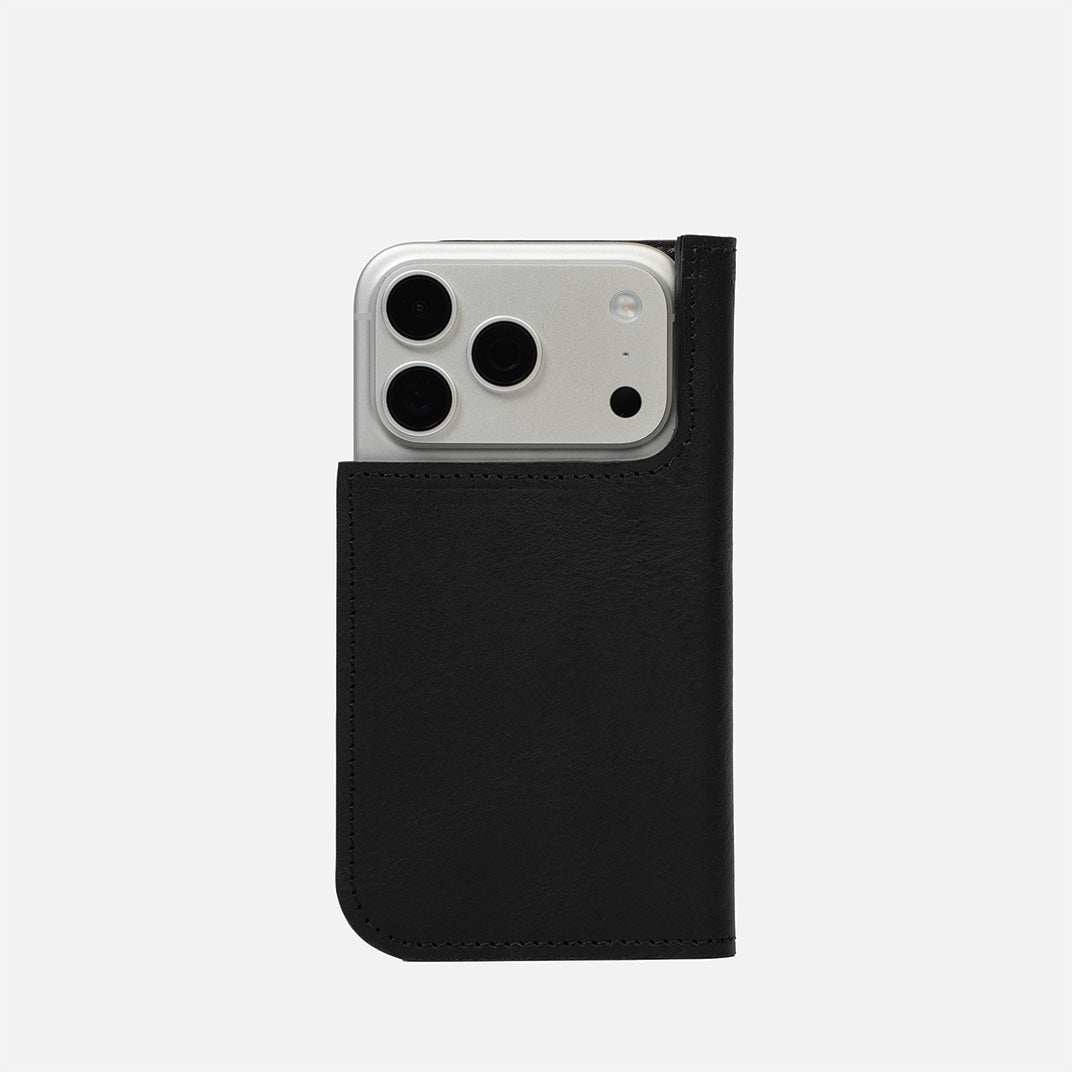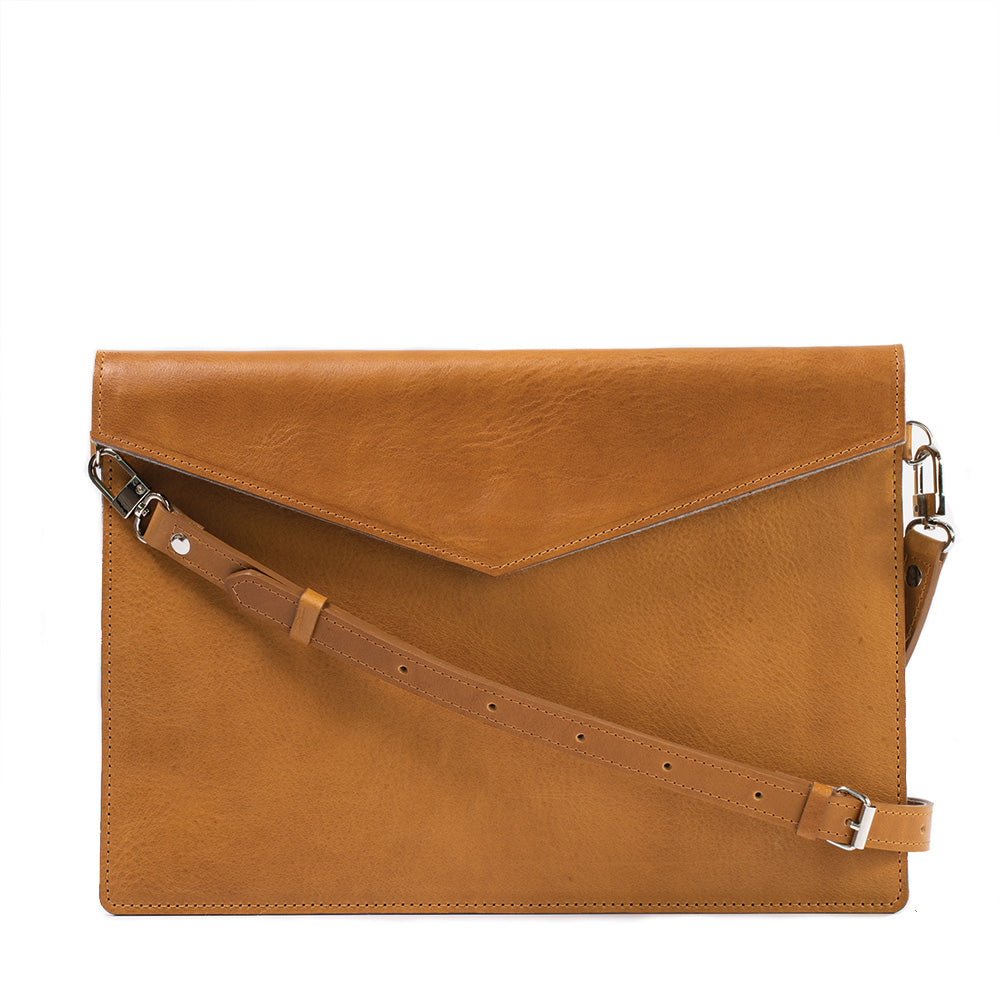Unlock a world of possibilities by connecting your iPad to a TV, a simple action that transforms how we enjoy media, share content, and engage in both work and play. This connection allows users to mirror their iPad screen on a much larger display, perfect for immersive movie nights, impactful presentations, and lively gaming sessions with family and friends. The flexibility of connecting an iPad to a TV boosts both entertainment and productivity, offering a fluid experience that combines the strengths of both devices. Let's dive into the various ways you can create this connection, ensuring you get to enjoy a grander and more vivid viewing experience.
Prerequisites
Before diving into the connection process, ensure you have the right tools for the job. Check your iPad model, TV, and gather any necessary cables or adapters. For wired connections, you'll need a Lightning to Digital AV Adapter or a USB-C to HDMI Adapter, depending on your iPad model. If you prefer to go wireless with AirPlay, your iPad must be compatible, and you'll need an Apple TV or an AirPlay 2-compatible smart TV. Also, verify that both your iPad and TV are updated to the latest software versions to avoid any compatibility issues.
Wired Connections
Connecting via a Lightning to Digital AV Adapter
- Insert the adapter into your iPad's Lightning port.
- Connect an HDMI cable from the adapter to your TV.
- Switch your TV to the correct HDMI input to see your iPad's screen mirrored.
Connecting via a USB-C to HDMI Adapter
- Connect the adapter to your iPad's USB-C port.
- Link an HDMI cable between the adapter and the TV.
- Adjust your TV's source to the appropriate HDMI channel to start mirroring.
Wireless Connections
Mirroring with AirPlay
AirPlay enables wireless screen mirroring from your iPad to an Apple TV or an AirPlay 2-compatible smart TV. Make sure both devices are on the same Wi-Fi network. Then, swipe down from the top-right corner of your iPad to open the Control Center, tap "Screen Mirroring," and select your TV from the list. Your iPad's screen will appear on the TV.
Alternative Wireless Display Adapters
If your TV doesn't support AirPlay, devices like Google Chromecast or Roku are excellent alternatives. These gadgets plug into your TV's HDMI port and link with your iPad over Wi-Fi, letting you mirror your screen via their apps or supported features. A quick comparison: Google Chromecast is ideal for users embedded in the Google ecosystem, while Roku offers a broader range of channels and services.
Troubleshooting Common Issues
- For connection failures, ensure both devices are properly connected (check cables for wired, Wi-Fi network for wireless). Restart devices and attempt reconnection.
- No sound might be fixed by checking the TV's audio source settings or ensuring the iPad isn't muted and the volume is up.
- Poor video quality can often be improved by adjusting the TV's display settings or choosing a higher-quality connection method if available.
FAQs About Connecting an iPad to a TV
Can I connect my iPhone/iPad to a TV without Wi-Fi?
Yes, it's possible to connect your iPhone or iPad to a TV without using Wi-Fi by opting for a wired connection. This method involves using adapters like the Lightning Digital AV Adapter or USB-C Digital AV Multiport Adapter, depending on your device's port. If you have an Apple TV, you can also use the AirPlay feature directly without needing a Wi-Fi connection for the mirroring process.
Will connecting my iPhone/iPad to a TV affect its battery life?
Indeed, mirroring your iPhone or iPad to a TV can impact the device's battery life because the screen remains active during this process. To mitigate this, it's recommended to keep your device charged while mirroring. Interestingly, some TVs and monitors may offer charging capabilities via a Thunderbolt cable, and using adapters like the USB-C Digital AV Multiport Adapter or the Lightning Digital AV Adapter allows for charging your device simultaneously while it's being mirrored.
Can I use a Bluetooth speaker for audio when connected to a TV or monitor?
Using a Bluetooth speaker for audio output is feasible when your device is connected to a TV or monitor. If the TV supports Bluetooth, you can directly pair a Bluetooth speaker with it. Alternatively, you can connect your iPhone or iPad to the Bluetooth speaker and then proceed with mirroring your screen, allowing you to enjoy enhanced audio through your speaker while streaming content to your TV or monitor.




